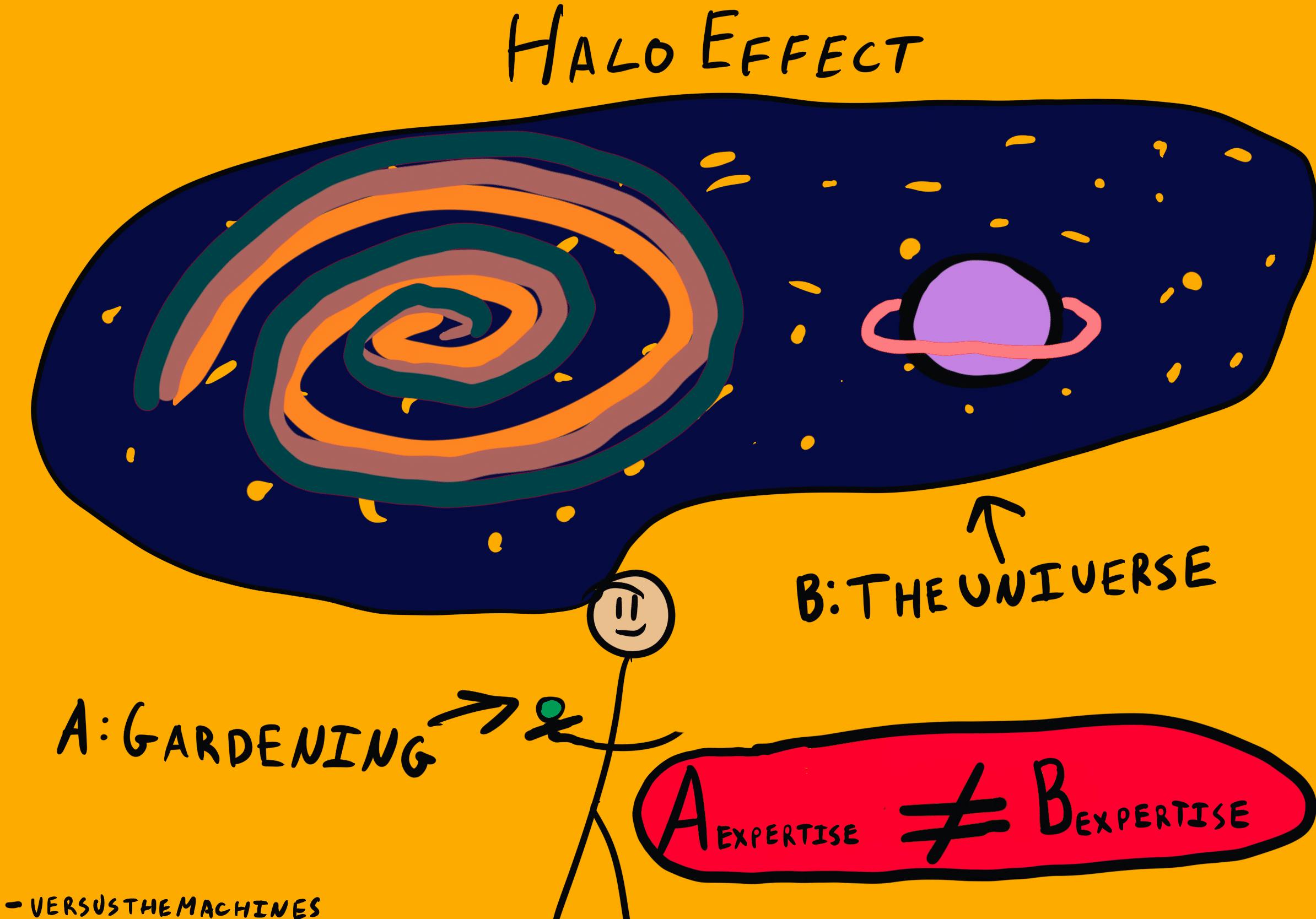¿Por qué las impresiones positivas producidas en un ámbito influyen positivamente en nuestras opiniones en otro ámbito?
¿Qué es el efecto Halo?
El efecto halo es un sesgo cognitivo que afirma que las impresiones positivas de personas, marcas y productos en un ámbito influyen positivamente en nuestros sentimientos en otro ámbito.

Dónde se produce este sesgo
El efecto halo se produce a menudo cuando tenemos en cuenta las apariencias. Un ejemplo clásico es cuando suponemos que una persona físicamente atractiva es probable que también sea amable, inteligente y sociable. Nos inclinamos a atribuir características positivas a esta persona atractiva aunque nunca hayamos interactuado con ella. El efecto halo es un error de juicio y refleja las preferencias individuales, los prejuicios y la percepción social.
Aunque los prejuicios pueden repercutir en todo un grupo, el efecto halo también puede ser individualizado. Por ejemplo, si valoras específicamente una marca de productos para el cuidado del cabello, es probable que evalúes su nueva línea como asombrosa, aunque tenga críticas terribles.